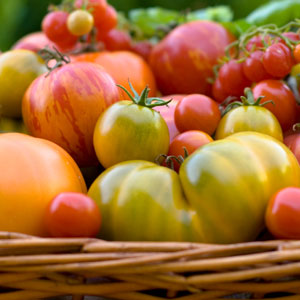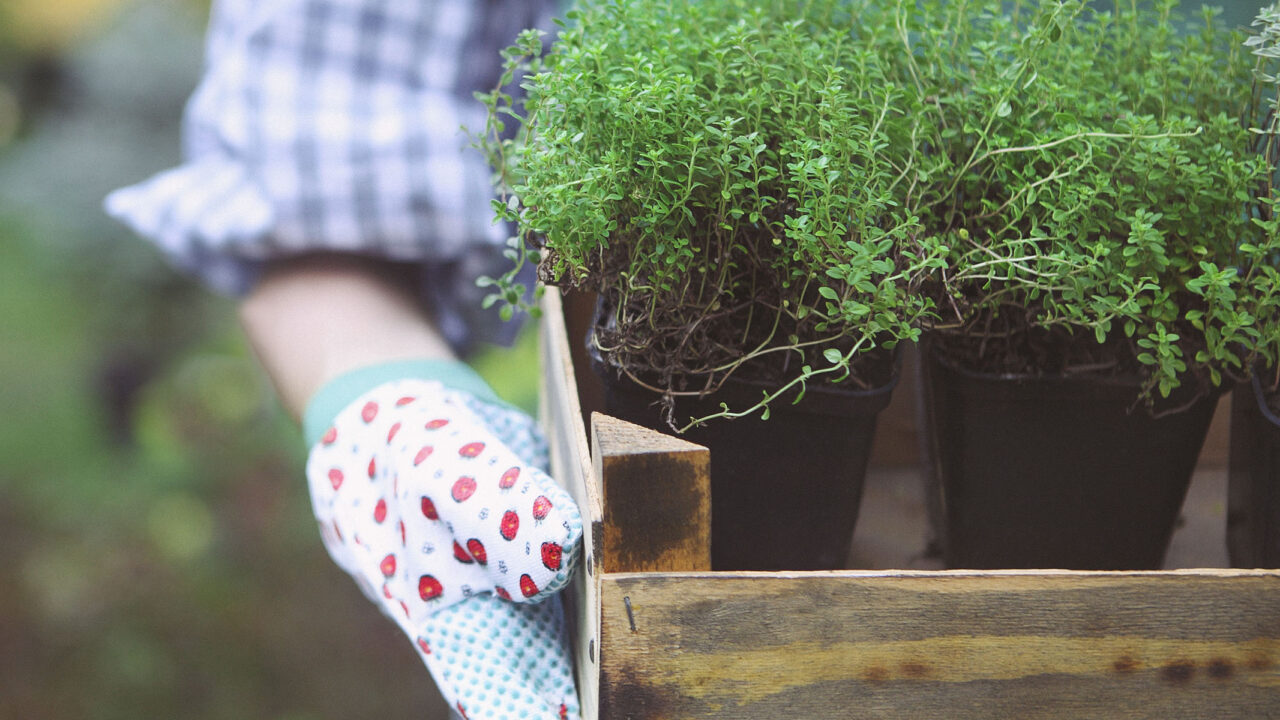Yes, we know it’s a bit warm outside; but that doesn’t mean our Houston veggie gardens are put to bed for the summer. Now is the time to get your second crop of tomatoes in the ground for fall harvest. Fall is a great time for growing tomatoes because the cooler temperatures allow for better fruit set and insect problems diminish. Mid-July to the end of August is the ideal time to plant. *Call for estimated arrival and availability!
When choosing your fall tomatoes, make sure you know if you’re selecting a Determinate or Indeterminate type. Determinate plants tend to grow to a manageable height and produce most of their fruit at one time. Indeterminate types, or vine types, will grow much taller and produce over a longer period of time. Most small-fruited or cherry tomatoes are Indeterminate. But so are some large slicers. Most Determinate varieties of tomatoes planted in spring have already finished up, or are now finishing up their fruit production. If you have green fruits on those plants, some may not ripen properly at this point due to the heat. If that happens, you can harvest and allow them to ripen indoors.
It’s always best to remove your spring-planted tomatoes and replace them with fresh fall-harvest transplants. Plan on composting the plants you remove, unless you had serious problems with early blight or other fungal diseases, in which case you may need to dispose of the plants completely.
Be sure to plant your new transplants a couple of inches deeper than where the plant emerges from the soil in the pot and add 2″ of mulch as a top-dressing. Plan on providing supplemental hand-watering during the heat to get them established. Established tomato plants need the equivalent of two-inches of rainfall per week, which means you need to keep them consistently moist. Tomatoes don’t like to dry out too much between waterings, as it causes problems with fruit development and nutrient deficiencies. Be sure to water plants in the morning at ground level to discourage fungal diseases. You can also remove some of the lower leaves on the plants to help reduce exposure to soil borne fungal diseases.
Refresh your beds or containers with organic compost and add a granular fertilizer when you plant new transplants. Then, once plants start developing small fruit, you can begin a regular fertilization regimen. Liquid fertilizers can be applied weekly, while granular types can be side dressed every other week or so, depending on the needs of your plants. We love both the MircroLife Ocean Harvest, Espoma Tomato-Tone, and Hasta Gro fertilizers.
If your new plants seem to be suffering from sunburn, which can happen with mid-summer plantings, you can use floating row cover to protect plants for the first couple of weeks as they get acclimated and established. When you stop by to pick up your transplants, be sure to get your fertilizer and mulch!

